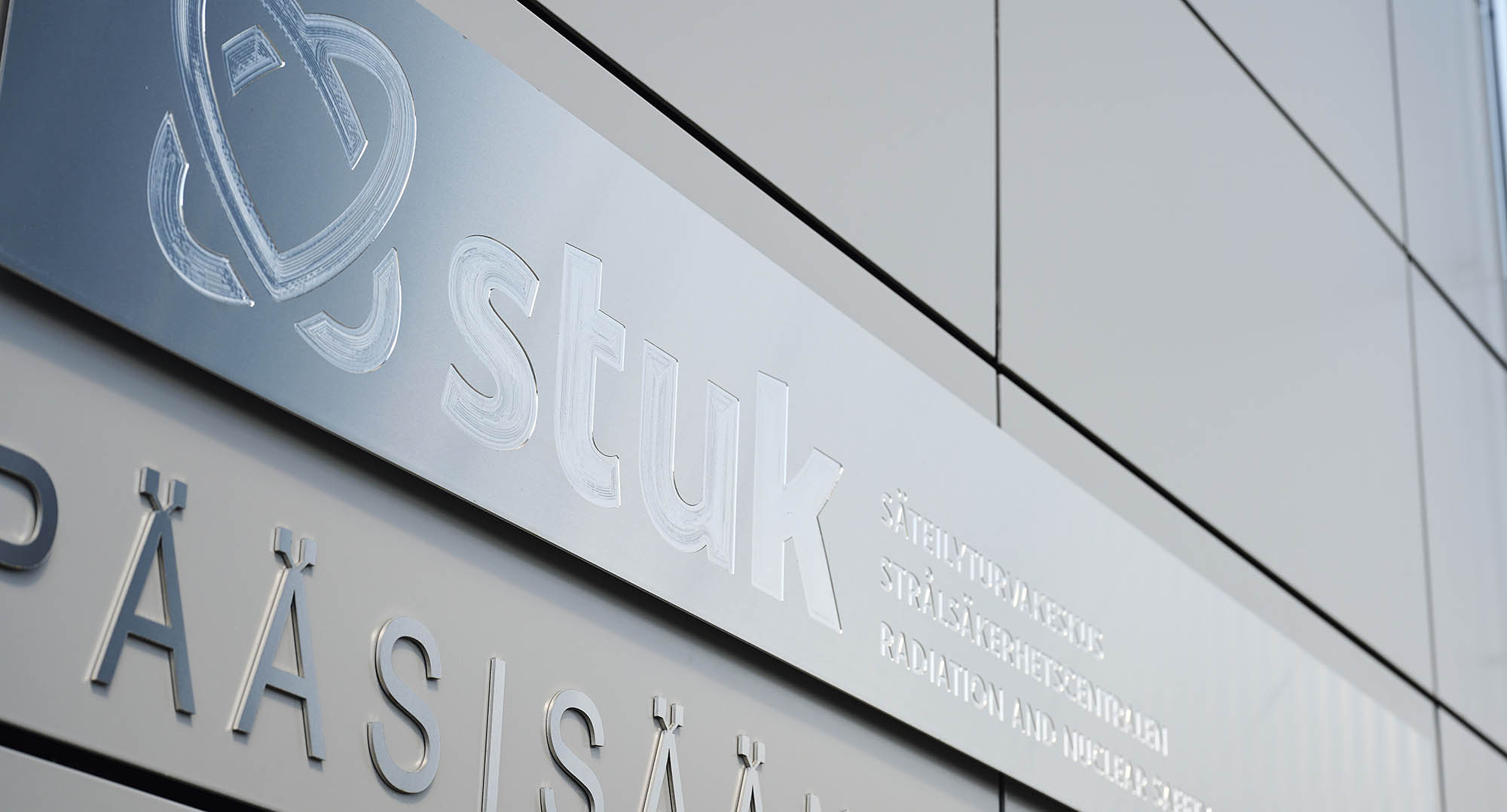STUK prepares for the arrival of small modular reactors
The Radiation and Nuclear Safety Authority (STUK) is preparing for the possibility of building small modular reactors in Finland. In 2023, STUK explored various small modular reactors and their special features and participated in national and international cooperation regarding small modular reactors.

A small modular reactor (SMR) is generally defined as a nuclear reactor with a power generation capacity of less than 300 MW and a thermal output of less than 1,000 MW. However, the concept of a small modular reactor is broad and includes a wide range of reactors of varying capacities. Almost one hundred different small modular reactor concepts are currently being developed around the world.
So far, STUK has no applications regarding small modular reactors under processing. However, the general increase in interest in small modular reactors was noted by STUK employees last year. According to Energiateollisuus ry's Opinions on nuclear power 2024 report, up to 61% of Finns have a positive approach to nuclear power. In the current government programme, increasing the use of nuclear energy has been raised as one of the solutions for reducing the climate impact of energy production. STUK’s task is also to guarantee the safe operation of any new plants in Finland.
STUK develops its capacity for small modular reactor safety assessment work
STUK has gained insight into small modular reactors, their safety and licensing issues through international cooperation and discussions with domestic operators. The global SMR operating environment is monitored by maintaining the situational picture per country and reactor type. STUK has also monitored the development of SMR technologies to identify what new safety solutions and operating models different reactor types could introduce when compared with the current reactors in operation in Finland.
"International authority cooperation and discussions with Finnish operators are an important part of the preparations: they support familiarization and the development of appropriate nuclear safety regulations. With the new technologies, STUK’s expertise must also be expanded in order to be able to assess the safety of plants and new solutions and develop the regulations in the right way," says Tomi Routamo, Deputy Director for New Nuclear Power Plant Regulation.
Regulatory reform creates space for new plant solutions
The complete reform of the Nuclear Energy Act (990/1987) is under way led by the Ministry of Economic Affairs and Employment. In connection with this, STUK is renewing its nuclear safety regulations.
The starting points of the reform are to modernize legislation, develop licencing and regulation to become more risk-informed and enable the adoption of new technologies and business models. The Ministry of Economic Affairs and Employment's objective is to process the law during the current Parliament. STUK’s regulations are prepared in the same schedule.
"Addressing the issues related to small modular reactors is linked to STUK’s regulatory work. The reform takes into account the issues raised with the small modular reactors, such as their location close to settlements, possible remote use, new operating models for the use of plants and applications other than electricity generation, for example, district heating. When developing the regulations, we engage in active discussions with our stakeholders, other authorities and the industry," says Jussi Heinonen, Director responsible for the regulation reform.
Heinonen points out that regulatory reforms are being carried out in the same way for existing power plants in operation and not just for possible new or smaller plant types.
STUK has already amended the requirements concerning the location of nuclear power plants in the regulation on emergency response arrangements of nuclear power plants. The amendment makes it possible to take into account the risk significance of different nuclear power plants when determining the safety distances around the plant. The regulation, which came into force in February 2024, no longer stipulates a five-kilometre exclusion zone around all nuclear power plants and a 20-kilometre emergency planning zone. In the future, those applying for a licence for a power plant must demonstrate to the supervisory authority what kind of exclusion zones and emergency planning zones are required to ensure safety.
Safety is therefore not compromised and must always be assessed on a case-by-case basis. A small modular reactor is also a nuclear reactor subject to licences and supervision. The protection of people and society must remain at the current level. For small modular reactors designed close to residential areas, it must be demonstrated that they meet the safety objectives set out in the regulations and do not pose a hazard to their environment. However, there may be differences in the suitability and application of technical requirements between small modular reactors and current large nuclear power plants.
Read more about the topic
- Small modular reactors (stuk.fi)
- According to STUK's new regulation, nuclear power plant's precautionary action zone and emergency planning zone are defined on a case-by-case basis (stuk.fi)